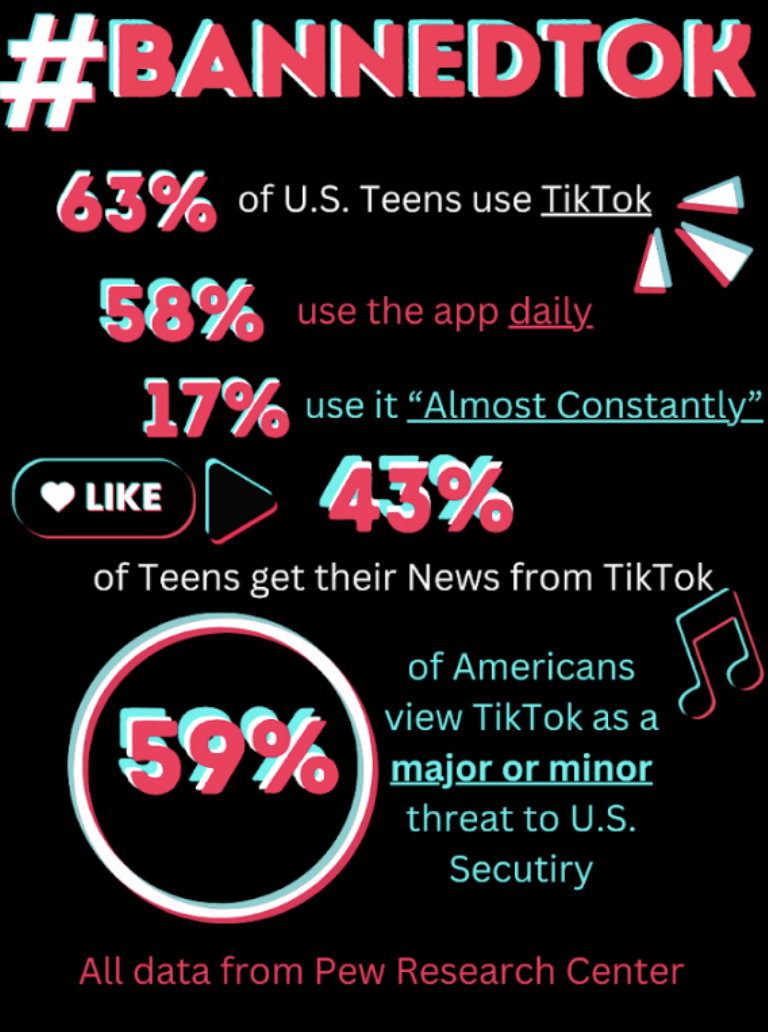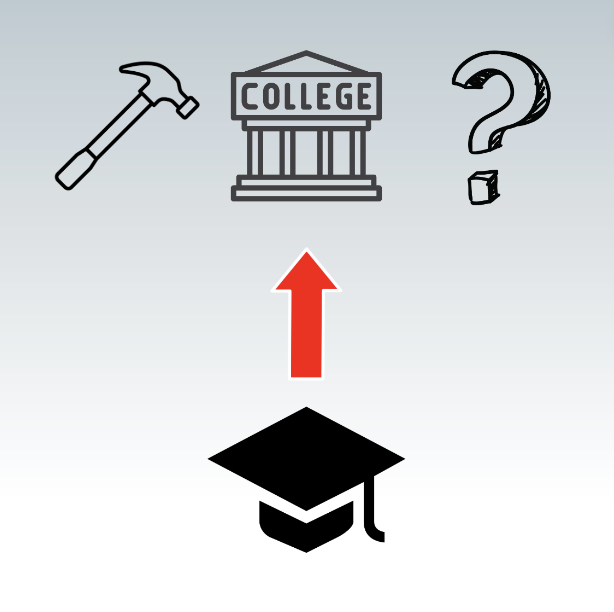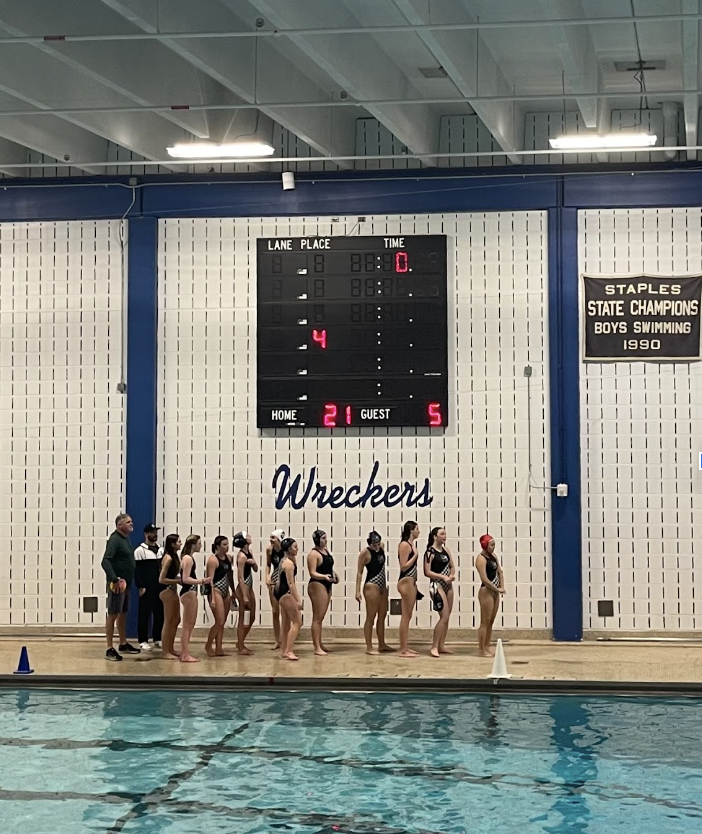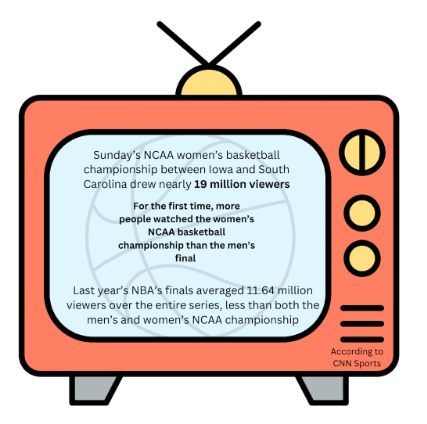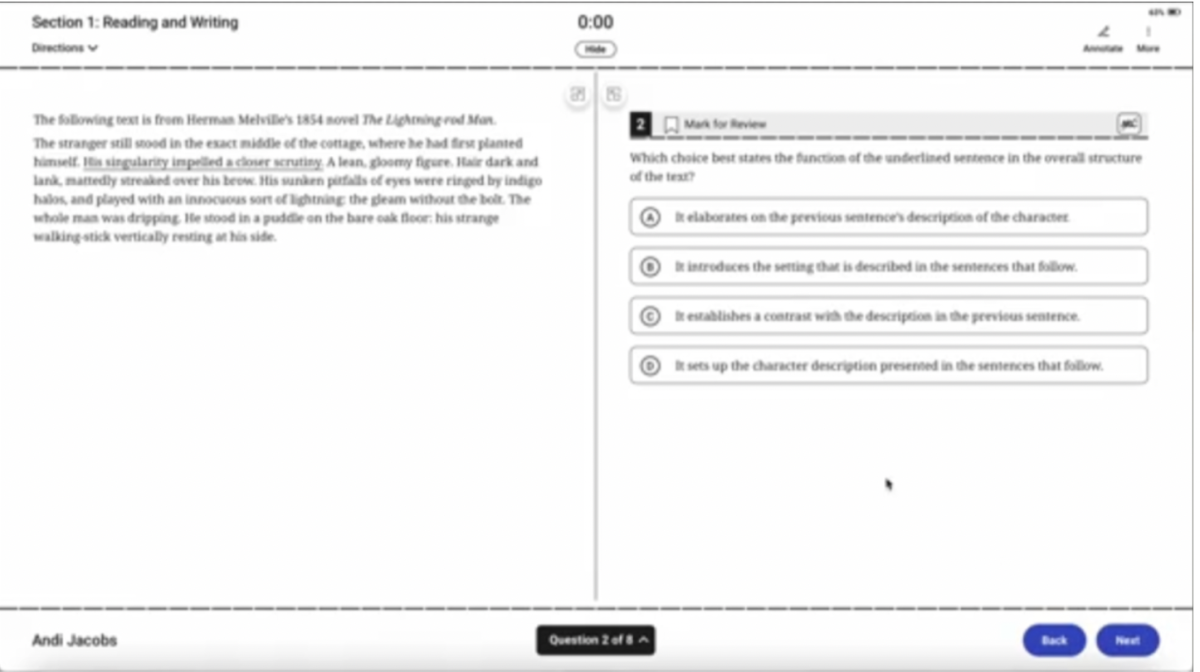In December 2009, U.S. News & World Report compared high schools, namingConnecticutthe state with the nation’s best public schools.
However, today,Connecticut’s test scores suggest a different ranking. The standardized test scores ofConnecticut’s minority and low-income students are 34 percent lower than those of their wealthier and white classmates, ultimately placing those low-income students three grade levels behind their peers.
“When you look at how our students are doing and our academic standards and our methods of funding, there is no way we’re the best public education state in the country. In terms of student achievement, we aren’t even close to tops,” said Patrick Riccards, the CEO of the Connecticut Coalition for Achievement Now (ConnCan), an education reform advocacy group that focuses on eliminating educational disparity.
A gap exists. Students from wealthier towns, who attend better-equipped schools and have grown up in resource-rich homes, have better chances in their lives than those who hail from the inner cities. And efforts have been made to bridge this gap, but largely, those efforts have been fruitless.
“These towns are five minutes away by car, but they’re separate worlds,” Staples principal John Dodig said.
One problem, many experts said, is the current formula behind school districting inConnecticut, through which schools can receive money from state and local taxes. At Staples, the per pupil expenditure is just under $17,000, whileBridgeportschools spend $13,000 a year per student. This accounts for a significant difference in the quality of education that a child in either of these districts would receive. It also does not include contributions from PTAs and other local groups.
Susan Eaton, research director at the Charles Hamilton Houston Institute for Race and Justice atHarvardLawSchool, has studied the state’s problems for years. Her most recent book is “The Children in Room E4: American Education on Trial,” which chronicles the discrepancies between wealthy and poor districts.
“Like most states,Connecticuthas these boundaries that allow students from more privileged communities to attend more privileged schools and force students from less privileged communities to attend less privileged schools,” Eaton said. “This is a cycle that feeds on itself and exacerbates the problem.”
Staples Student Assembly President J.J. Mathewson believes this difference is highly visible, right here inWestport.
“Staples is a state-of-the-art facility. We attract some of the best teachers around, we just got iPads for the library, and there are Smart Boards everywhere. These are all things we take for granted, and yet other schools don’t get these luxuries,” Mathewson said.
Compounding the injustice in the state’s funding formulas, Dodig and other experts said, is poverty itself, largely isolated in cities likeNorwalkandBridgeport.
“Nobody has the guts to say it, but this is a social issue, not an educational one,” Dodig said. “There are bright kids everywhere, and there are enthusiastic teachers in every school, but they are overwhelmed by problems that have evolved from poverty at home.” For instance, Dodig said, parents might not be home at night, working a second job and leaving children unsupervised.
Daniel Sullivan, the guidance chairperson at Norwalk High, agreed that the parent’s role in a child’s education is an integral one.
“Some kids here [atNorwalk] have a single parent trying to keep a roof above their family’s heads and their focus isn’t really on education. There are kids that have to worry about getting lunch, not that five-page paper they have to write tonight,” Sullivan said.
Eaton said that, as well, students in poorer areas may not get much of a chance to experience life anywhere else, versus students in communities likeWestport, who can travel and participate in camps and enrichment programs elsewhere.
Finally, many parents in poorer communities simply don’t have as much experience with education themselves, and this has an effect, said Alex Libre, a senior at Norwalk High School and the president of Norwalk’s Student Government,
“A large percentage of Norwalk High students don’t have parents with college, sometimes even high school, degrees,” Libre said. “They can’t get adequate help or encouragement to study when they live in that sort of environment.”
According to the U.S. Census Bureau, only 38.4 percent ofNorwalkresidents 25 or older have a bachelor’s degree while 74.2 percent do inWestport.
The effects are striking. At Staples, the best high school inConnecticutaccording to ConnCan’s rankings, there is a 99.7 percent graduation rate and 94 percent of students go to a four-year college. At Bridgeport’s Bassick High School, by contrast, rated 166th of 170 in the ConnCan ranking, the graduation rate is 53.8 percent, and only 18.4 percent of students will go onto a traditional four-year college. Of the college-bound students at Bassick in the class of 2010, the vast majority attended an in-state public institution and zero went to a private college.
The injustices of the school funding formula and poverty are decried by many and have been for years, experts said.
“Connecticutabsolutely does not provide an equal education to all its students. That has been a court case since I have been a teacher,” Dodig said.
Twenty-three years ago, a fourth-grader named Milo Sheff stood in front of a courtroom. He was a smiling, 9-year-old boy, and he was suing the state ofConnecticut.
He, along with 17 otherHartfordstudents and their parents, alleged significant constitutional violations under sections of the state Constitution, which they believed were a denial of their fundamental rights to an education and to equal protection under law.
Sheff v. O’Neill essentially went nowhere.
Initially, the court ruled that the state had no obligation to fix presiding disparities in education quality. Seven years later, in 1996, the case was re-evaluated by the Connecticut Supreme Court, and it ruled in favor of Sheff, stating that the racial and socioeconomic isolation ofHartfordschoolchildren violated state law. However, the Court never created a goal or plan to fix the problem, saying that this responsibility lay with the state legislature and executive branch.
Soon after, the Connecticut State Legislature passed an act that encouraged racial integration in schools and mandated that the State Dept. of Education (SDE) arrive at a five-year plan to eliminate inequalities between school districts.
Nonetheless, in 1998, when still no action had taken place, the Sheff plaintiffs filed for a court order pleading that the state comply with the Supreme Court decision. Superior Court Judge Julia L. Aurigemma ruled that the state did comply with the decision of the Connecticut Supreme Court, bringing the plaintiffs’ effort to a screeching halt.
Today, in 2012, some say the state should look for a new way to approach education and funding its schools.
Regional systems are one possibility; they would incorporate multiple towns and cities into a single, unified school district and would distribute resources more fairly, Eaton said.
“But there’s such a strong and permanent attachment to having individually sovereign school districts that it’s a political disaster to even bring it up for debate,” said Eaton.
Dodig agreed.
“It’s a waste of money to have that many school districts,” Dodig said. “But regionalizing wouldn’t work. WhatWestportparent would say, ‘For the sake of society, I’m going to send my son to high school inBridgeport?’ It would never happen.”


